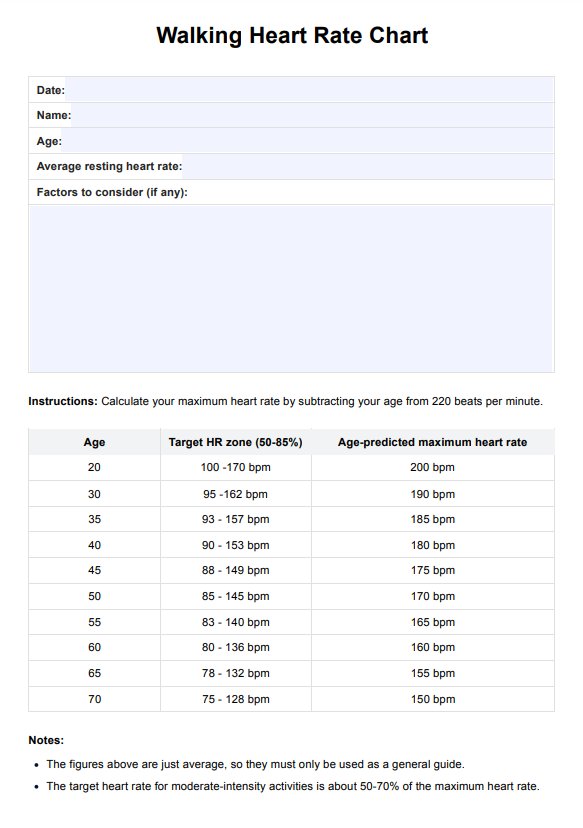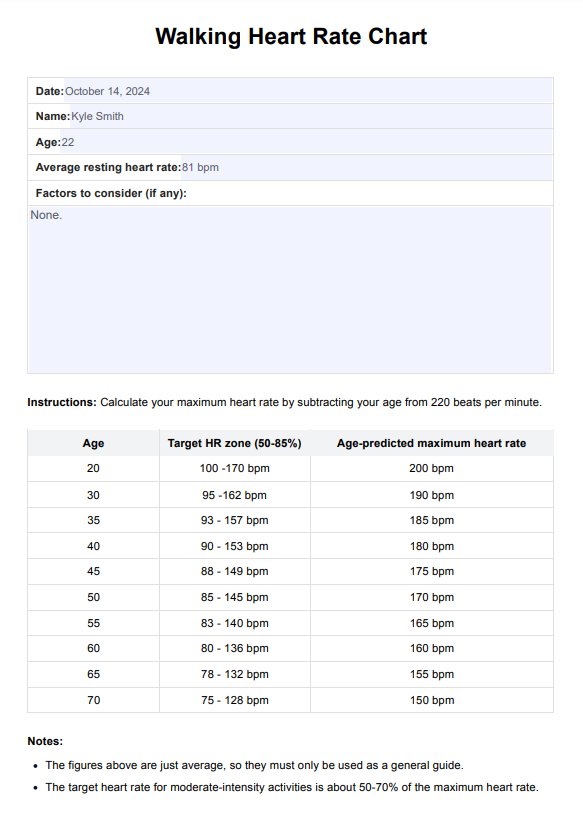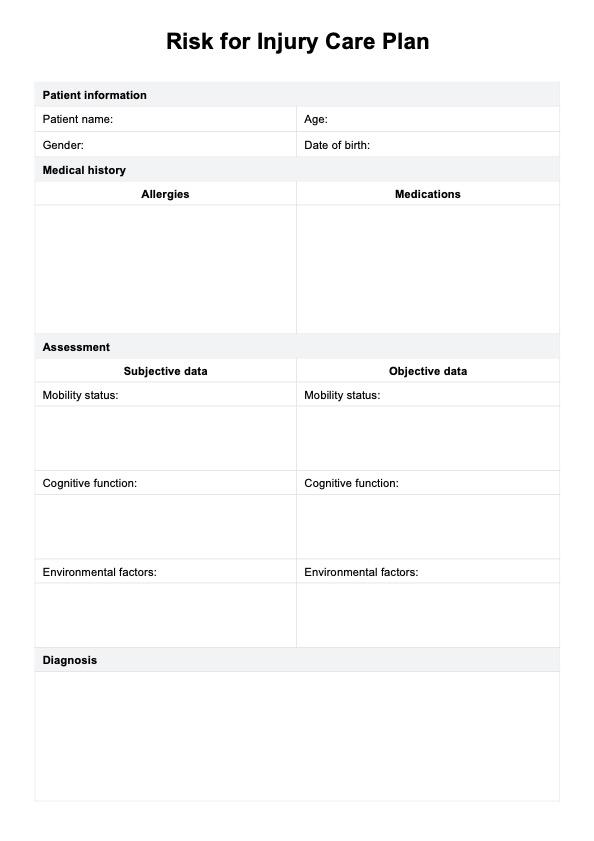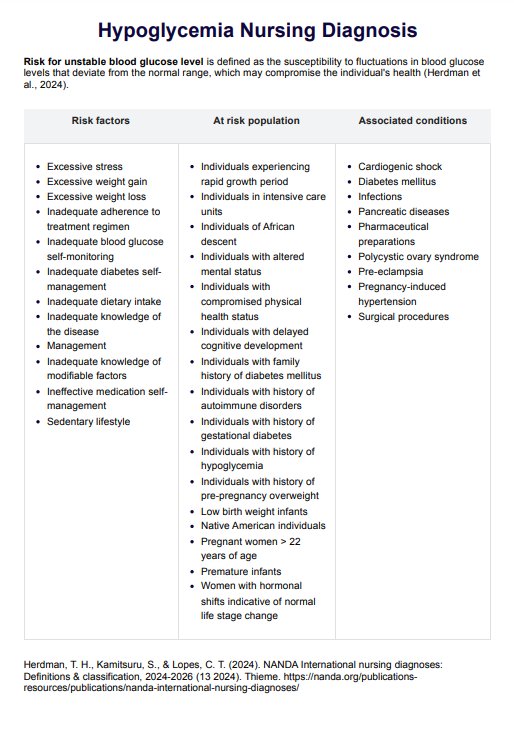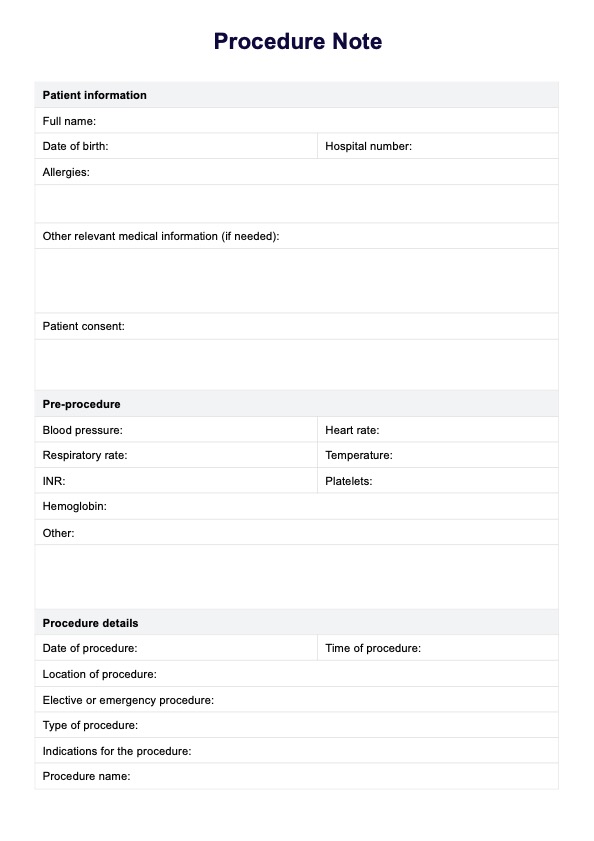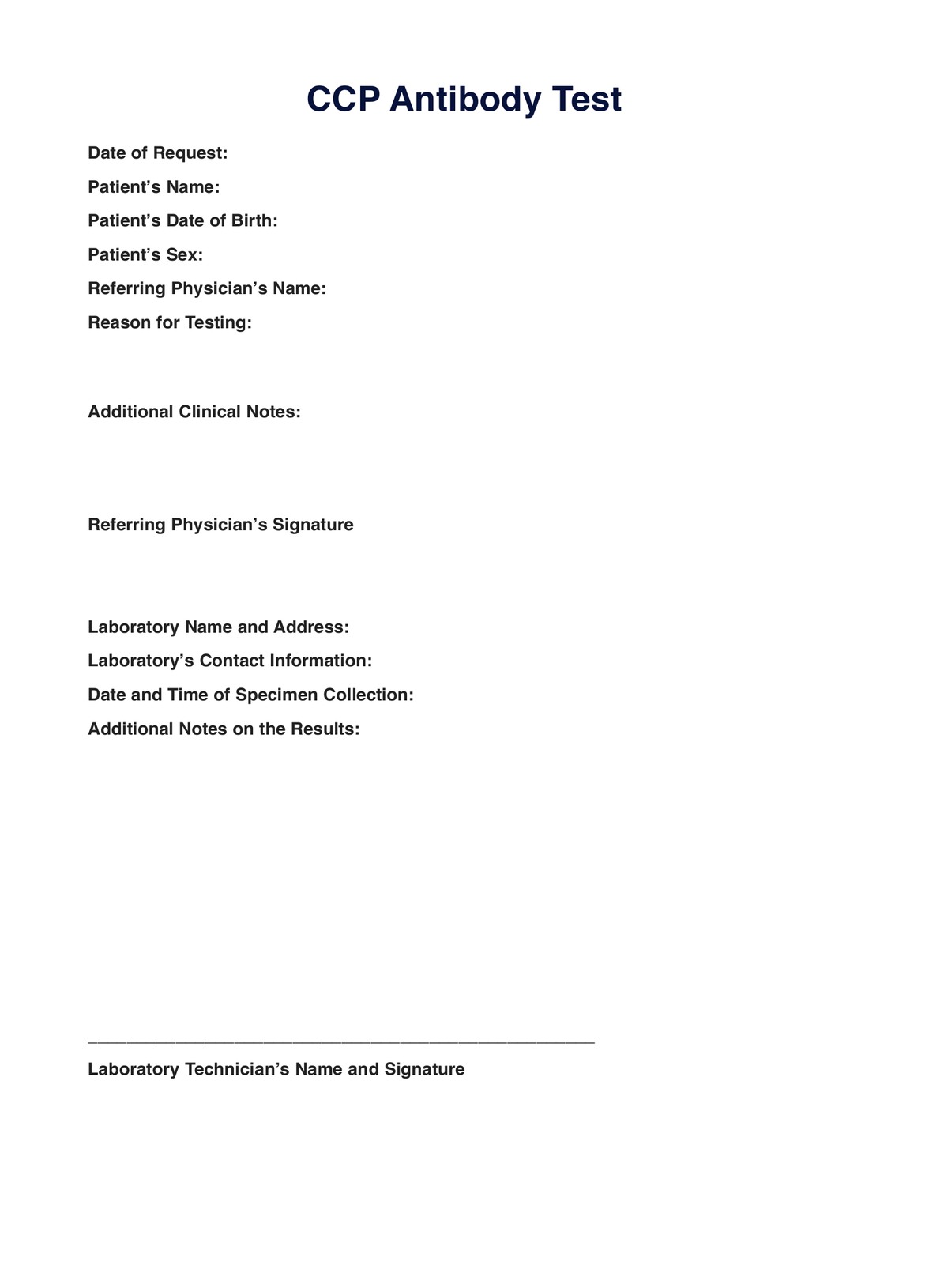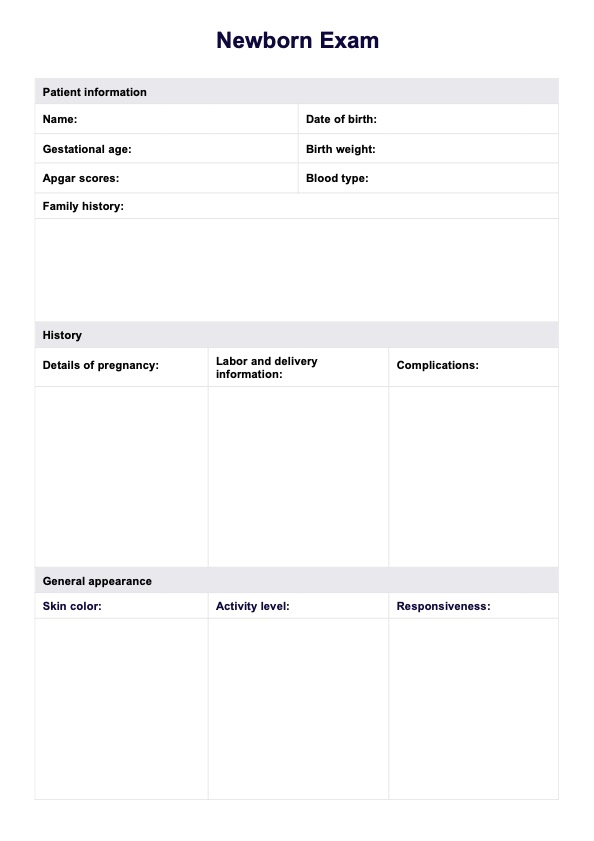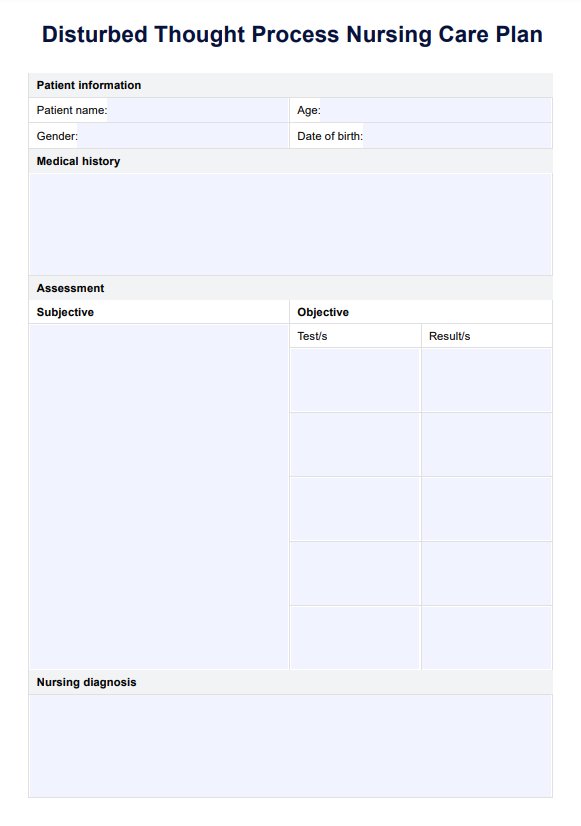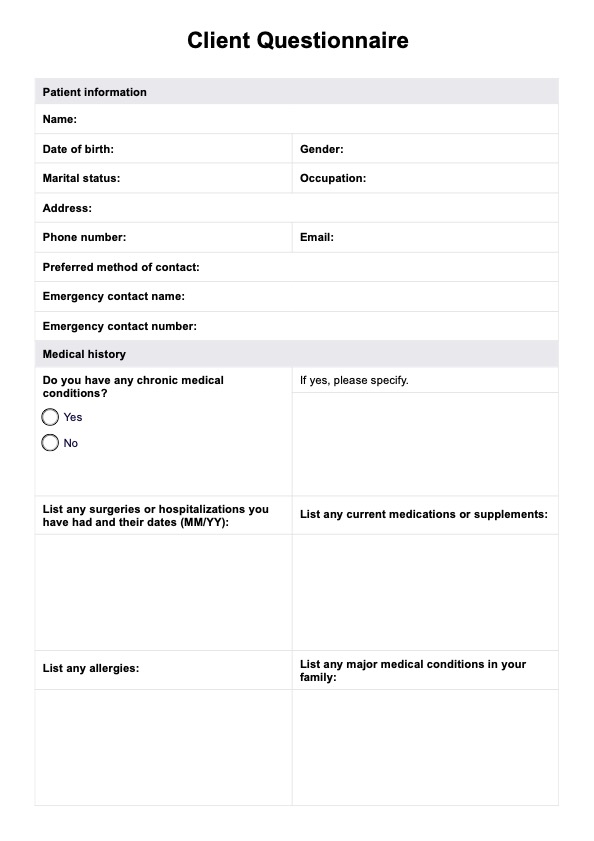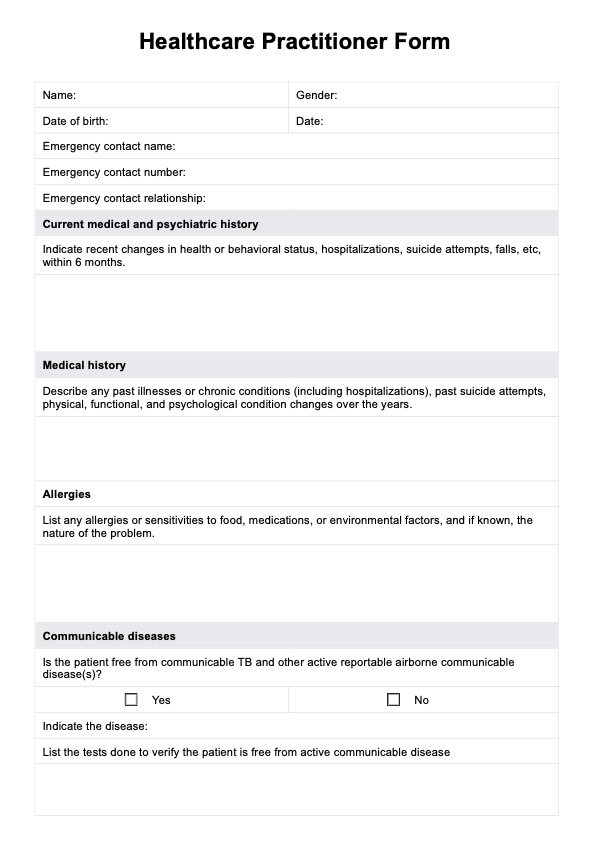Walking Heart Rate
Use a reference tool to help track patients' heart rates during physical activities with our Walking Heart Rate Chart PDF.


What is a Walking Heart Rate Chart?
A Walking Heart Rate Chart is a tool that physiatrists, sports medicine doctors, etc., can give individuals during brisk walking exercises, optimizing the cardiovascular health benefits of this form of physical activity. When an individual is given a Walking Heart Rate Chart, it can significantly enhance their cardiovascular fitness by ensuring they exercise within the optimal heart rate zones. It is a practical tool for medical practitioners with patients looking to enhance their physical and mental well-being through the benefits of brisk walking, like improved blood flow and better cardiovascular fitness.
In addition, the Walking Heart Rate Chart can be beneficial in various situations. People recovering from sickness or injury who want to move their body without causing extra stress often utilize it, as do those who choose walking as their preferred form of heart-healthy exercise. Furthermore, it helps individuals maintain a pace that challenges the heart and lungs, ensuring they derive maximum benefits from their workout without overexertion.
Walking Heart Rate Template
Walking Heart Rate Example
How does the Walking Heart Rate Chart work?
A printable Walking Heart Rate Chart is a helpful tool for people who want to track their progress and ensure they exercise within the appropriate intensity zone. A beats-per-minute heart rate chart for walking calculates this. Our template is based on the target heart rate for moderate-intensity activities, which is about 50-70% of the maximum heart rate.
To make the most out of our Walking Heart Rate Chart, after you add patient details, you can follow the steps below:
Step 1: Calculate maximum heart rate
Ask the patient to calculate the maximum heart rate by subtracting their age from 220. They can also refer to the table in the guide, which provides maximum heart rates per age. Knowing the patient's normal heart rate or normal resting heart rate, which typically ranges from 60 to 100 bpm, can also help them better understand the patient's maximum heart rate.
Step 2: Identify heart rate zones
Have the patient find their age group and identify the target heart rate zones for moderate and vigorous intensity exercise based on that age group. The table on the template lists these zones, which are typically expressed as a percentage of one's maximum heart rate.
Step 3: Monitor heart rate
Have your patient monitor their heart rate during exercise using a heart rate monitor or fitness tracker, adjusting their walking intensity or pace to ensure their heart rate has a steady rhythm within the target zone.
Step 4: Track progress
Ask your patient to track their progress over time by recording their heart rate and pace during each walk. This will help you and them see if they are improving or if you need to adjust their exercise routine as needed.
When would you use this Walking Heart Rate Chart?
Typically, you would use a Walking Heart Rate Chart to help individuals of all fitness levels who want to optimize their walking workouts and achieve their fitness goals. However, that isn't all to it. Here are some specific instances when using a Walking Heart Rate Chart would be beneficial:
- Determining appropriate exercise intensity levels: If a patient is on a walking exercise program, the chart provides personalized guidelines to determine the appropriate level, thus avoiding injuries and ensuring a safe and effective workout.
- Track progress and adjust exercise: Patients can track their progress and adjust their exercise intensity accordingly by regularly monitoring their heart rate and comparing it to the target heart rate chart. This will maintain an appropriate challenge level and optimize their training effects.
- Help identify underlying health conditions: Tracking if the heart rate is higher or lower than expected may indicate health conditions that can help you identify potential issues that need further evaluation. Having consistently higher heart rates or faster heart beats may be associated with higher blood pressure, which is a risk factor for cardiovascular or heart disease.
- Assess and monitor fitness levels: Healthcare practitioners and athletic trainers can use this chart to assess and monitor fitness levels as well as design cardiac rehabilitation or fitness training programs, for example.
Walking heart rate zones
The information in a free Walking Heart Rate Chart provides insights into one's heart rate response during exercise and helps determine the effectiveness and intensity of one's walking workouts. By comparing a patient's heart rate to the target heart rate zones for moderate and vigorous exercise, you can assess whether they exercise within the appropriate intensity level to achieve fitness or other walking-related goals.
Moderate-intensity target heart rate zone
If a patient's heart rate falls within the moderate-intensity target heart rate zone, their walking pace is challenging enough to improve cardiovascular health and overall fitness. This zone is ideal for individuals starting an exercise program, those seeking a general improvement in their cardiovascular health, or those with a higher body weight since it can be beneficial for improving their cardiovascular health.
Vigorous-intensity target heart rate zone
If one's heart rate falls within the vigorous-intensity target heart rate zone, it indicates that one's walking pace is more strenuous and can help one burn more calories and improve one's aerobic capacity. This zone is suitable for individuals with higher fitness levels to enhance their performance and achieve more significant fitness goals.
Below moderate-intensity target heart rate zone
If one's heart rate consistently falls below the moderate-intensity target heart rate zone, one's walking pace may not be challenging enough to elicit a significant training effect. Consider increasing the walking speed or incorporating additional intensity variations into one's routine.
Above vigorous-intensity target heart rate zone
If a patient's heart rate consistently exceeds the vigorous-intensity target heart rate zone, it may indicate that their walking pace is too strenuous and could lead to overexertion or potential injury. The patient must consider slowing down the pace or consulting with a healthcare professional to determine an appropriate intensity level for one's fitness level and health conditions.
To expand your resource pool and heighten patient satisfaction, take a look at Target Heart Rate Chart and Heart Rate Chart template.
Commonly asked questions
Healthcare providers, especially those who care for individuals of all fitness levels, from beginners to experienced walkers, request this chart.
The Walking Heart Rate Chart is used by individuals of all fitness levels, from beginners to experienced walkers, to determine their ideal heart rate range during exercise, monitor their heart rate, track their progress, identify potential health concerns, and optimize their exercise routine.
To use a Walking Heart Rate Chart, the patient must determine their maximum heart rate by subtracting their age from 220, find their age group on the chart, and monitor their heart rate during exercise using a heart rate monitor or fitness tracker. Adjust their walking pace if their heart rate falls below or exceeds the target zone.


